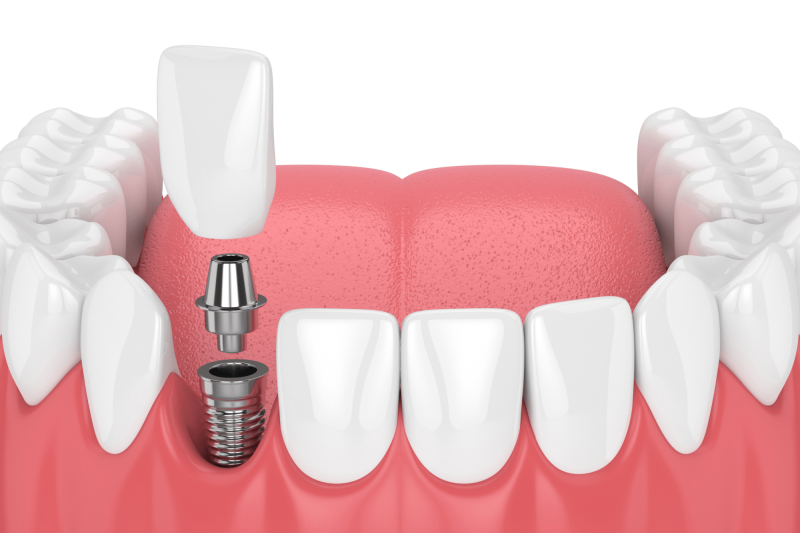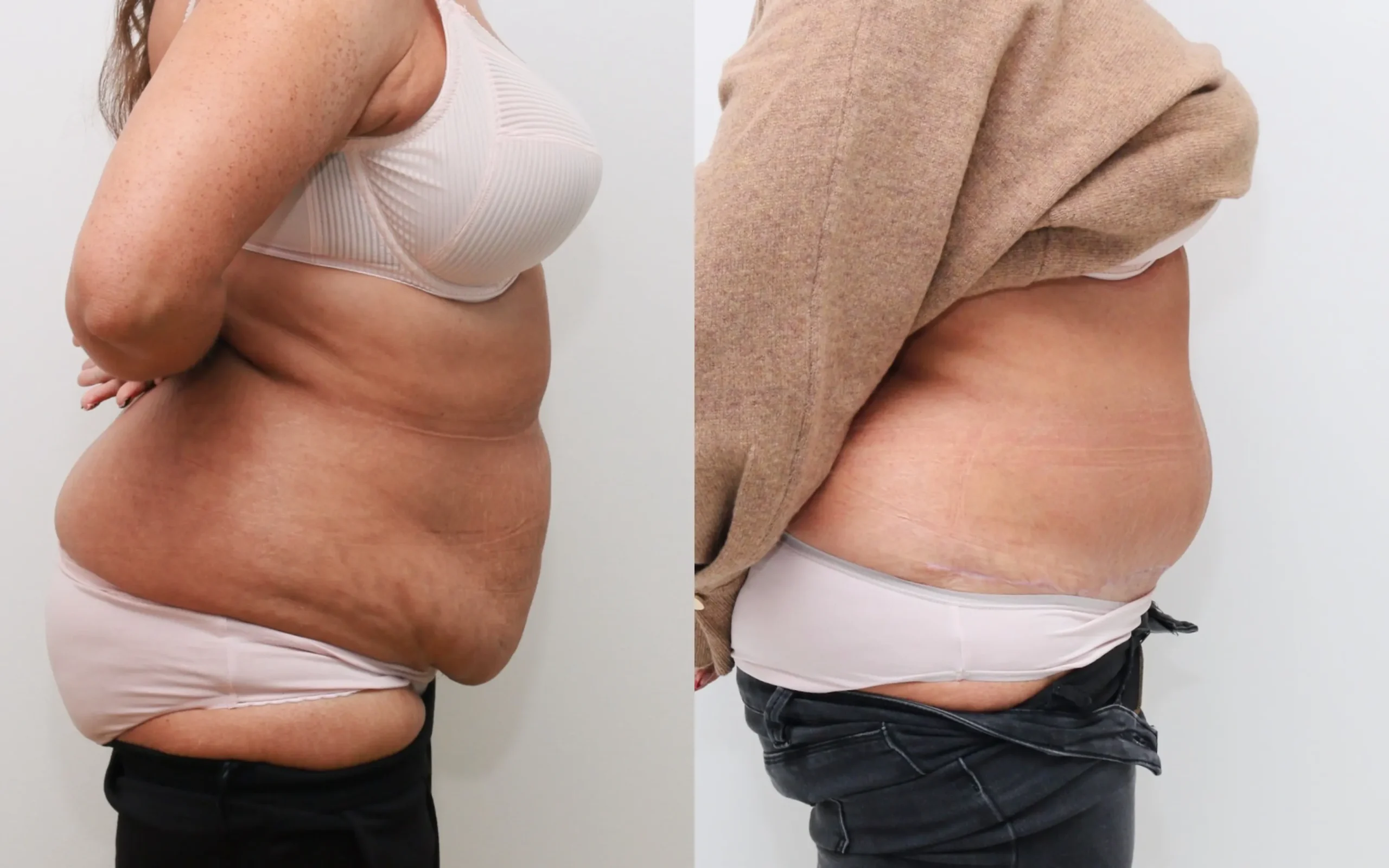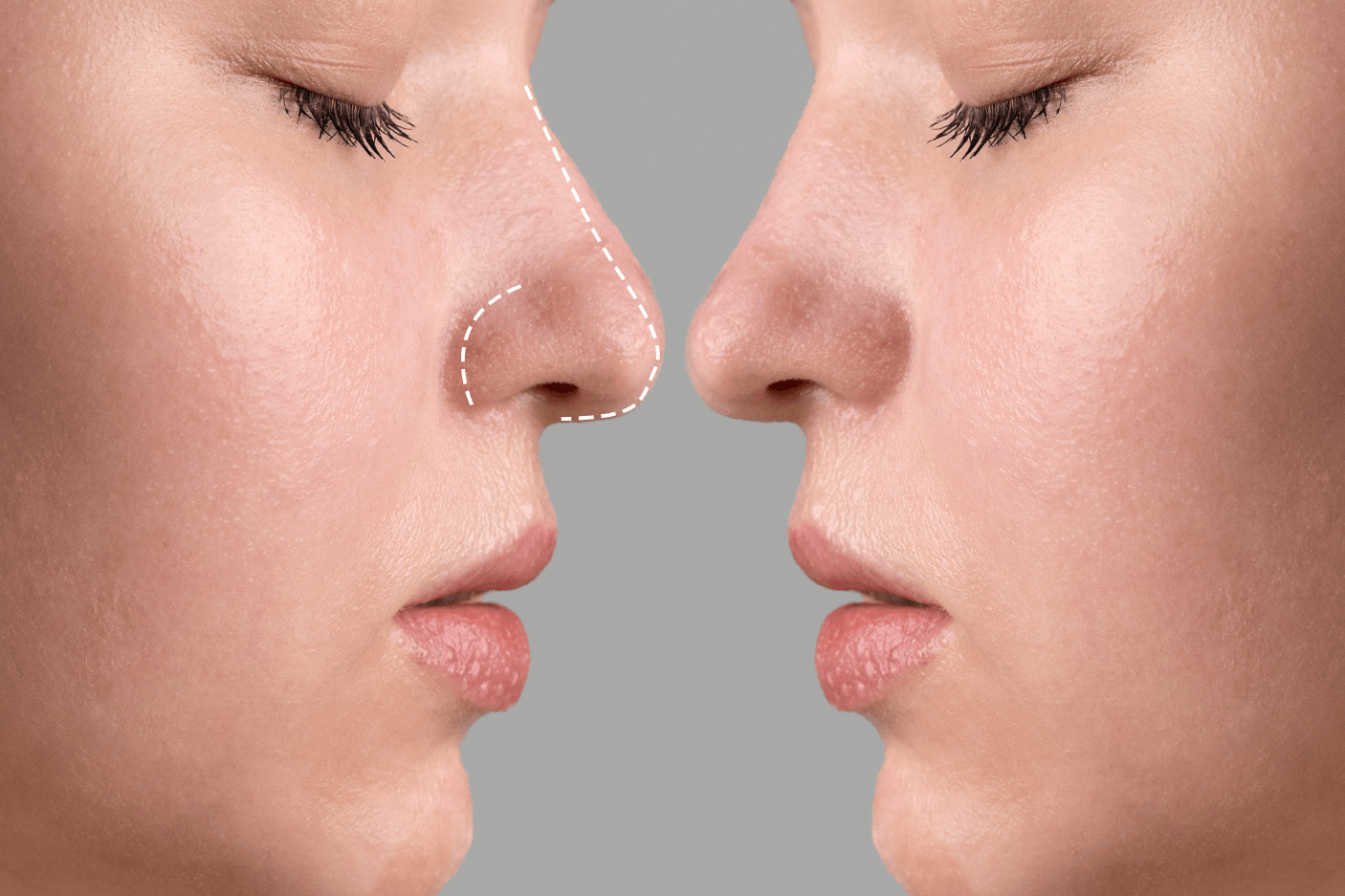 Link Insertions on Real Blogs – Quick Wins for Better Rankings!
Link Insertions on Real Blogs – Quick Wins for Better Rankings!
How Do Dental Implants Compare to Traditional Tooth Bridges?
Written by Royal Clinic » Updated on: June 17th, 2025

When it comes to replacing missing teeth, dental implants and traditional toothbridges are two of the most popular options. Both offer a solution to restore function and aesthetics, but they differ in terms of the procedure, cost, longevity, and other factors. Understanding the differences between these two methods can help you make an informed decision based on your needs. This article will explore how dental implants compare to traditional tooth bridges.
What Are Dental Implants?
A dental implant is a titanium post surgically placed into the jawbone, acting as a replacement for the root of a missing tooth. Over time, the implant fuses with the bone in a process called osseointegration, providing a stable base for a crown, bridge, or denture. Dental Implants Dubai are considered one of the most advanced and durable solutions for replacing missing teeth.
What Are Traditional Tooth Bridges?
A traditional tooth bridge is a fixed dental restoration used to replace one or more missing teeth. It involves placing crowns on the teeth adjacent to the gap, with an artificial tooth (or teeth) suspended between the crowns to fill the space. This structure is held in place by the surrounding natural teeth and is cemented into place, providing a secure fit.

Key Differences Between Dental Implants and Traditional Tooth Bridges:
Procedure and Treatment Time:
One of the primary differences between dental implants and traditional bridges lies in the procedure and treatment time.
Dental Implants: The process of getting dental implants typically involves several steps. Initially, the implant is placed into the jawbone. After a period of healing (usually three to six months), during which osseointegration occurs, a crown or bridge is attached to the implant. This multi-step process means that dental implants can take several months to complete.
Traditional Bridges: The procedure for traditional bridges is quicker, usually completed in two visits. During the first visit, the surrounding teeth are prepared by filing them down to accommodate crowns. Impressions are taken, and a temporary bridge is placed. At the second visit, the permanent bridge is placed and cemented into position. The entire process usually takes a few weeks.
Durability and Longevity:
Both dental implants and traditional bridges are designed to last for many years, but dental implants generally have a longer lifespan.
Dental Implants: With proper care and maintenance, dental implants can last a lifetime. Since the implant integrates with the bone, it provides a strong, stable foundation that is less susceptible to wear and tear compared to natural teeth. In fact, implants are more resistant to decay than tooth roots, making them a durable and long-lasting solution.
Traditional Bridges: Traditional bridges typically last between 10 to 15 years, though this can vary depending on factors like oral hygiene and the material used. Since the adjacent teeth are involved in supporting the bridge, they can become weakened over time and may need to be replaced. Bridges can also experience wear and may require maintenance or replacement after several years.
Impact on Adjacent Teeth:
Dental implants and traditional bridges have different impacts on adjacent teeth.
Dental Implants: One of the major advantages of dental implants is that they do not affect surrounding teeth. The implant is placed directly into the jawbone, so there is no need to alter neighboring teeth. This helps preserve the natural structure and health of the adjacent teeth.
Traditional Bridges: A traditional bridge requires the adjacent teeth to be altered. These teeth must be filed down to accommodate the crowns, which can weaken them over time and increase the risk of decay or damage. Additionally, if one of the supporting teeth fails, the entire bridge may need to be replaced.
Cost:
Cost is a significant factor in choosing between dental implants and traditional bridges.
Dental Implants: The initial cost of dental implants tends to be higher than traditional bridges. The cost of the implant procedure can vary depending on the complexity, the number of implants required, and the location. However, while the upfront cost may be more expensive, dental implants can be a more cost-effective solution in the long run because they have a longer lifespan and do not require as much maintenance or replacement.
Traditional Bridges: Traditional bridges are generally less expensive than dental implants. Since the procedure is less complex and involves fewer steps, the cost is typically lower. However, since bridges often need to be replaced after 10 to 15 years, the total cost over time may be higher than that of dental implants.
Aesthetic Results:
Both dental implants and traditional bridges can provide excellent cosmetic results, but the way they blend with the rest of your teeth may differ.
Dental Implants: Implants are designed to look and feel like natural teeth. The crown placed on the implant is custom-made to match the color, shape, and size of your surrounding teeth, ensuring a seamless and natural appearance. Implants also maintain the structure of the jawbone, preventing the sunken look that can occur with tooth loss.
Traditional Bridges: While traditional bridges can also be designed to match your natural teeth, they may not provide the same aesthetic outcome as implants. Since the bridge is anchored to the adjacent teeth, the material used for the artificial tooth may not blend as seamlessly with the surrounding teeth, especially if the neighboring teeth are not as healthy or well-maintained.
Functionality and Comfort:
Both dental implants and traditional bridges restore functionality, but there are differences in how each feels in the mouth.
Dental Implants: Dental implants are fixed in place and function just like natural teeth. They allow you to eat, speak, and smile with confidence. Since the implant is anchored directly into the jawbone, it feels more natural and stable, providing superior comfort and functionality.
Traditional Bridges: Traditional bridges are also stable but may not feel as natural as implants. Since they are supported by the adjacent teeth, there may be some slight movement or pressure when chewing, which can cause discomfort. Over time, the bridge may loosen or shift, requiring adjustments.
Maintenance and Care:
Both dental implants and traditional bridges require proper care to ensure their longevity.
Dental Implants: Implants require the same level of oral hygiene as natural teeth. Regular brushing, flossing, and routine dental checkups are necessary to keep the implant and surrounding gums healthy.
Traditional Bridges: Traditional bridges also require regular cleaning to prevent plaque buildup around the crowns and artificial teeth. However, it may be more challenging to clean between the bridge and the gums, requiring special flossing tools or interdental brushes.
Conclusion:
Both dental implants and traditional tooth bridges offer effective solutions for replacing missing teeth, each with its advantages and disadvantages. Dental Implants in Dubai provide a more durable, long-lasting, and aesthetically pleasing option that does not require altering surrounding teeth. However, the cost and procedure time may be higher. Traditional bridges are a quicker and more affordable solution but may not provide the same longevity and may require more maintenance. Ultimately, the best option depends on factors such as your budget, oral health, and the number of teeth you need to replace. Consulting with your dentist can help you determine which solution is best suited to your needs.
Note: IndiBlogHub features both user-submitted and editorial content. We do not verify third-party contributions. Read our Disclaimer and Privacy Policyfor details.
Copyright © 2019-2025 IndiBlogHub.com. All rights reserved. Hosted on DigitalOcean for fast, reliable performance.

















